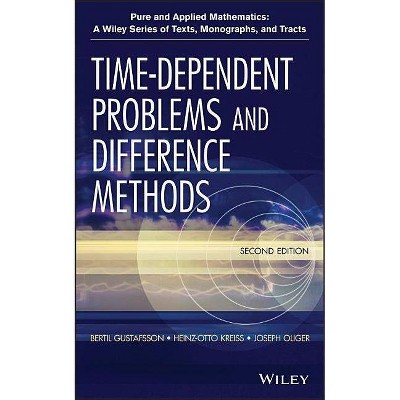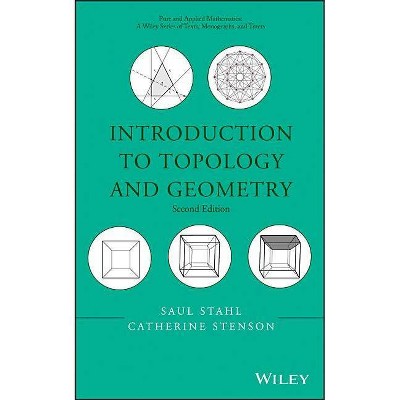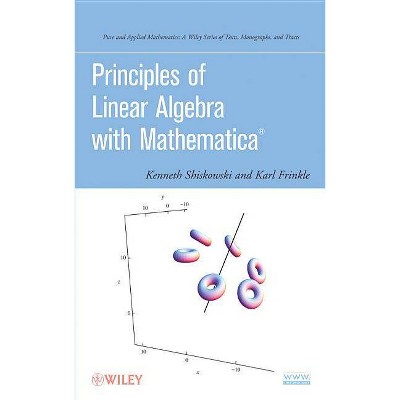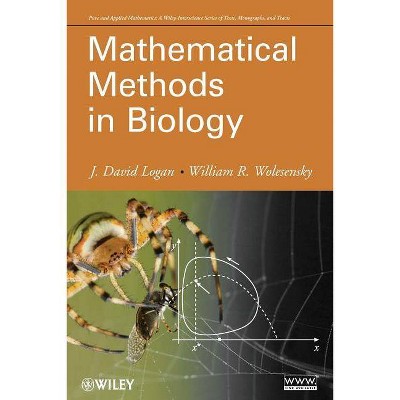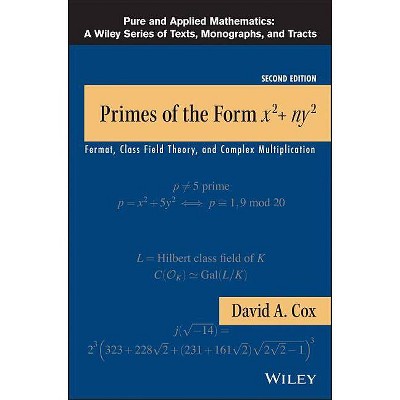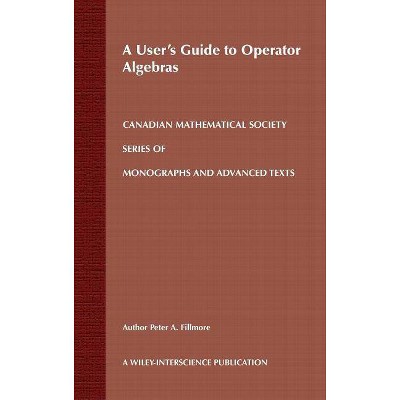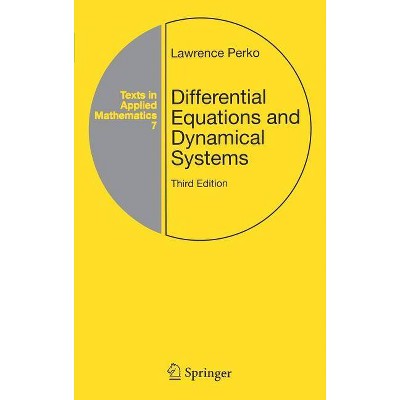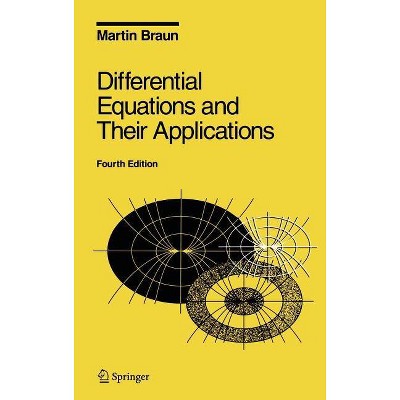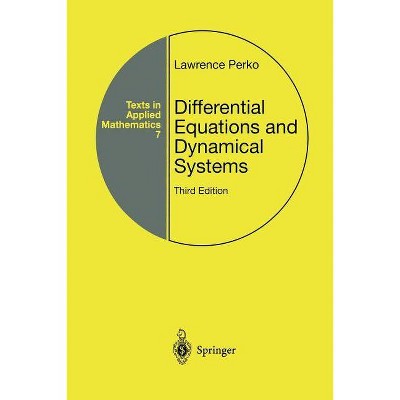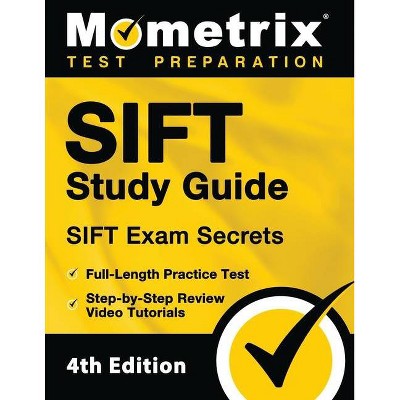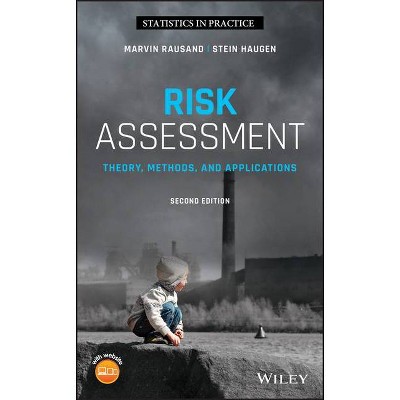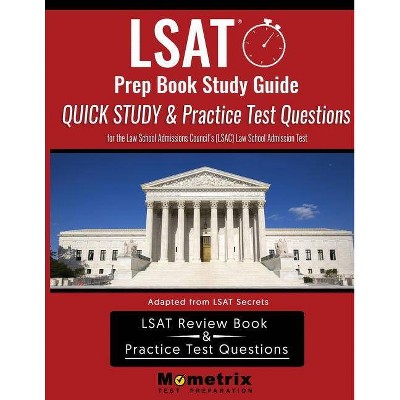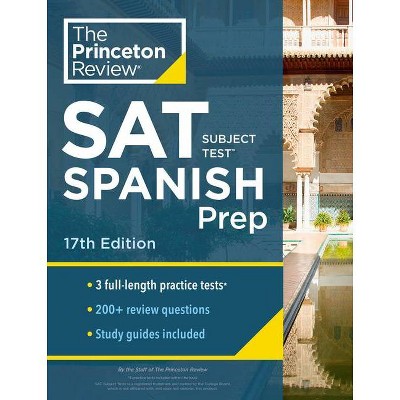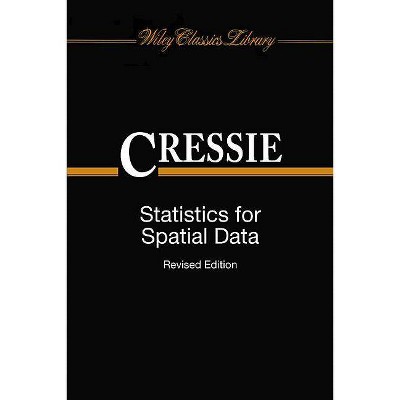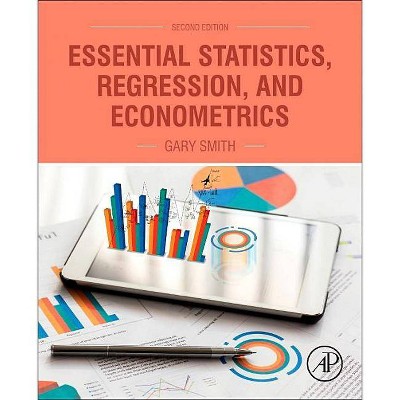Partial de 3e - (Pure and Applied Mathematics: A Wiley Texts, Monographs and Tracts) 3rd Edition by Peter V O'Neil (Hardcover)
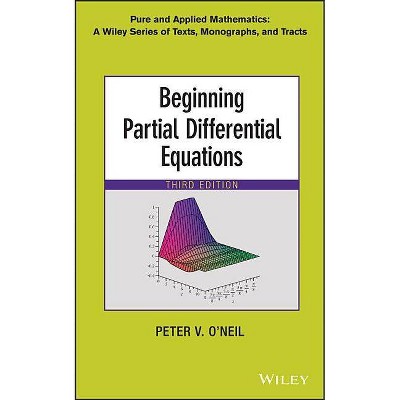
Similar Products
Products of same category from the store
AllProduct info
<p/><br></br><p><b> About the Book </b></p></br></br>"Featuring a challenging, yet accessible, introduction to partial differential equations, Beginning Partial Differential Equations provides a solid introduction to partial differential equations, particularly methods of solution based on characteristics, separation of variables, as well as Fourier series, integrals, and transforms. Thoroughly updated with novel applications, such as Poe's pendulum and Kepler's problem in astronomy, this third edition is updated to include the latest version of Maples, which is integrated throughout the text. New topical coverage includes novel applications, such as Poe's pendulum and Kepler's problem in astronomy"--<p/><br></br><p><b> Book Synopsis </b></p></br></br><p><b>A broad introduction to PDEs with an emphasis on specialized topics and applications occurring in a variety of fields</b></p> <p>Featuring a thoroughly revised presentation of topics, <i>Beginning Partial Differential Equations, Third Edition</i> provides a challenging, yet accessible, combination of techniques, applications, and introductory theory on the subjectof partial differential equations. The new edition offers nonstandard coverageon material including Burger's equation, the telegraph equation, damped wavemotion, and the use of characteristics to solve nonhomogeneous problems.</p> <p>The <i>Third Edition</i> is organized around four themes: methods of solution for initial-boundary value problems; applications of partial differential equations; existence and properties of solutions; and the use of software to experiment with graphics and carry out computations. With a primary focus on wave and diffusion processes, <i>Beginning Partial Differential Equations, Third Edition</i> also includes: </p> <ul> <li>Proofs of theorems incorporated within the topical presentation, such as the existence of a solution for the Dirichlet problem</li> <li>The incorporation of Maple(TM) to perform computations and experiments</li> <li>Unusual applications, such as Poe's pendulum</li> <li>Advanced topical coverage of special functions, such as Bessel, Legendre polynomials, and spherical harmonics</li> <li>Fourier and Laplace transform techniques to solve important problems</li> </ul> <p><i>Beginning of Partial Differential Equations, Third Edition</i> is an ideal textbook for upper-undergraduate and first-year graduate-level courses in analysis and applied mathematics, science, and engineering.</p><p/><br></br><p><b> From the Back Cover </b></p></br></br><p><b>A broad introduction to PDEs with an emphasis on specialized topics and applications occurring in a variety of fields</b></p> <p>Featuring a thoroughly revised presentation of topics, <i>Beginning Partial Differential Equations, Third Edition</i> provides a challenging, yet accessible, combination of techniques, applications, and introductory theory on the subject of partial differential equations. The new edition offers nonstandard coverage on material including Burgers' equation, the telegraph equation, damped wave motion, and the use of characteristics to solve nonhomogeneous problems.</p> <p>The <i>Third Edition</i> is organized around four themes: methods of solution for initial-boundary value problems; applications of partial differential equations; existence and properties of solutions; and the use of software to experiment with graphics and carry out computations. With a primary focus on wave and diffusion processes, <i>Beginning Partial Differential Equations, Third Edition</i> also includes: </p> <ul> <li>Proofs of theorems incorporated within the topical presentation, such as the existence of a solution for the Dirichlet problem</li> <li>The incorporation of Maple<sup>(TM)</sup> to perform computations and experiments</li> <li>Unusual applications, such as Poe's pendulum</li> <li>Advanced topical coverage of special functions, such as Bessel, Legendre polynomials, and spherical harmonics</li> <li>Fourier and Laplace transform techniques to solve important problems</li> </ul> <p><i>Beginning Partial Differential Equations, Third Edition</i> is an ideal textbook for upper-undergraduate and first-year graduate-level courses in analysis and applied mathematics, science, and engineering.</p><p/><br></br><p><b> Review Quotes </b></p></br></br><br><p>"I enjoyed perusing O'Neil's book. A beginner in the field of PDEs will learn quite a number of juicy facts concerning the flow of heat and the transmission of waves. While a next step will undoubtedly involve more rigor in the use of analytic tools, this first course will catch the attention of those with a curiosity for studying physical processes using differential equations." (<i>Mathematical Association of America</i>, 15 February 2015)</p> <p>"This book is one of the textbooks that provide an introduction to basic methods and applications of partial differential equations for students of mathematics, physics and engineering." (<i>Zentralblatt MATH</i>, 1 October 2014)</p> <p> </p><br><p/><br></br><p><b> About the Author </b></p></br></br><p><b>PETER V. O'NEIL, PHD, </b> is Professor Emeritus in the Department of Mathematics at the University of Alabama at Birmingham. He has over forty years of experience in teaching and writing and is the recipient of the Lester R. Ford Award from the Mathematical Association of America. Dr. O'Neil is also a member of the American Mathematical Society, the Mathematical Association of America, the Society for Industrial and Applied Mathematics, and the American Association for the Advancement of Science.</p>
Price History
Price Archive shows prices from various stores, lets you see history and find the cheapest. There is no actual sale on the website. For all support, inquiry and suggestion messages communication@pricearchive.us
